Discover the Marvels of Milan: Your Ultimate Guide to Italy’s Fashion Capital
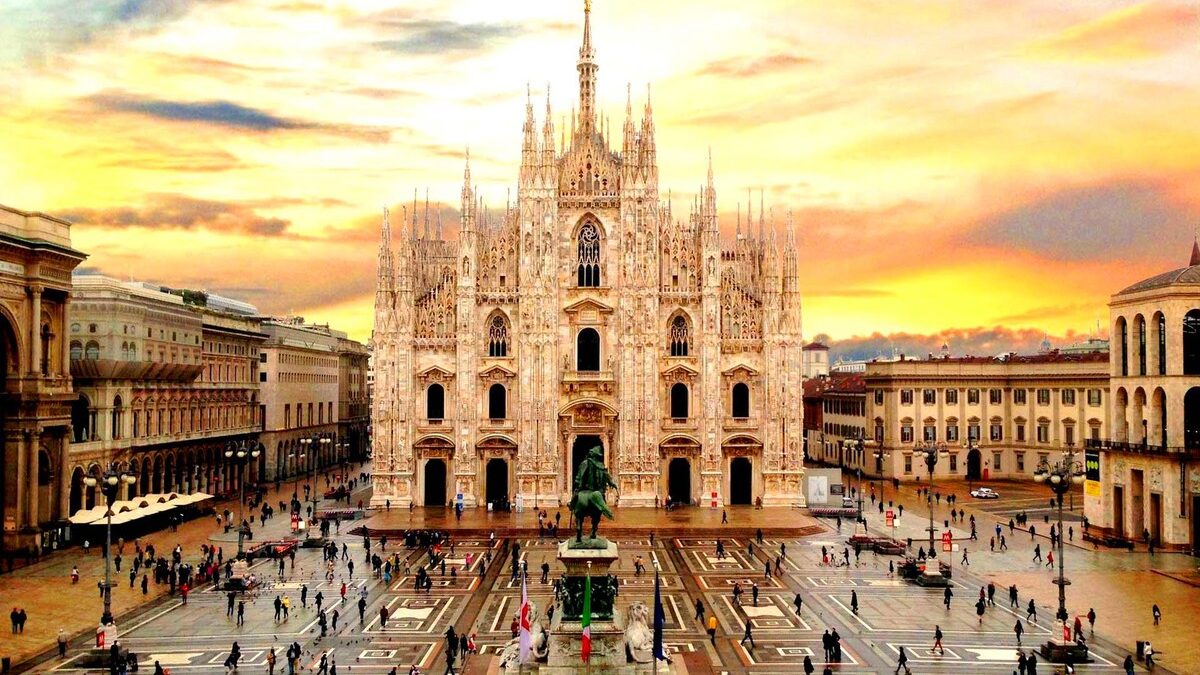
Discover the Marvels of Milan: Your Ultimate Guide to Italy’s Fashion Capital
Welcome to Milan, a city where history, art, fashion, and innovation blend seamlessly. As Italy’s second-largest city and a global fashion hub, Milan offers a wealth of attractions and experiences for tourists. From its iconic landmarks and luxurious hotels to its vibrant cultural scene and culinary delights, Milan promises an unforgettable visit. This comprehensive guide provides all the information you need to explore and enjoy the enchanting city of Milan.
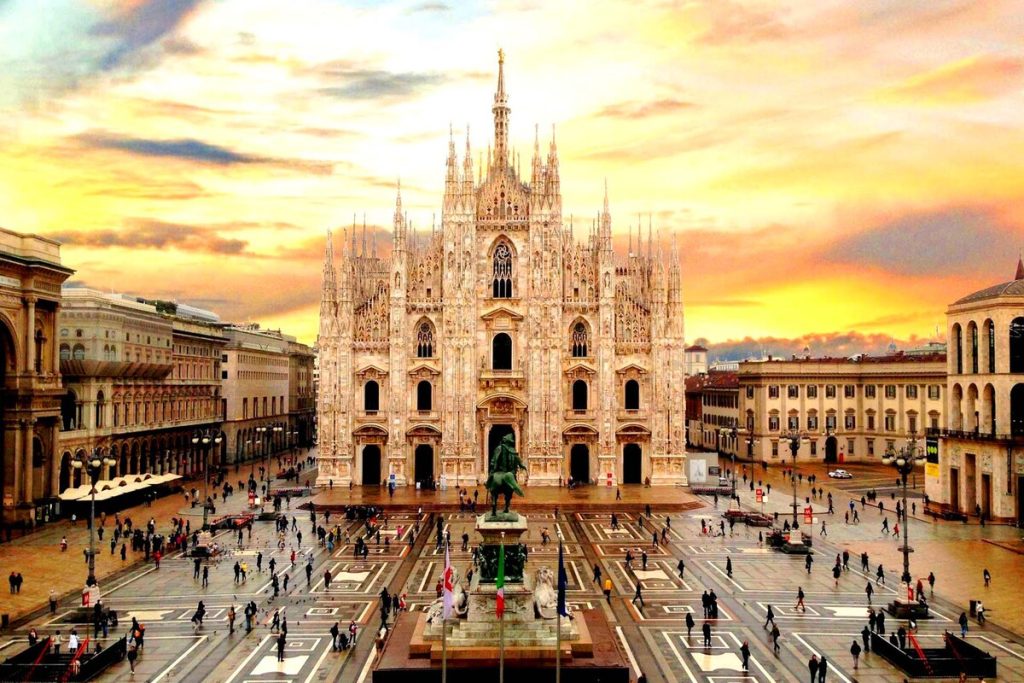
A Glimpse into Milan’s History
Historical Background
Milan, known as Milano in Italian, has a rich and storied history that dates back to ancient times. Originally founded by the Insubres, a Celtic people, it was conquered by the Romans in 222 BC and became a significant center of commerce and culture. During the Renaissance, Milan flourished under the Visconti and Sforza families, becoming a major artistic and intellectual hub.
Modern Development
In the 19th and 20th centuries, Milan emerged as Italy’s industrial powerhouse and financial capital. Today, it is renowned for its influence in fashion, design, and business, while still preserving its historical and cultural heritage.
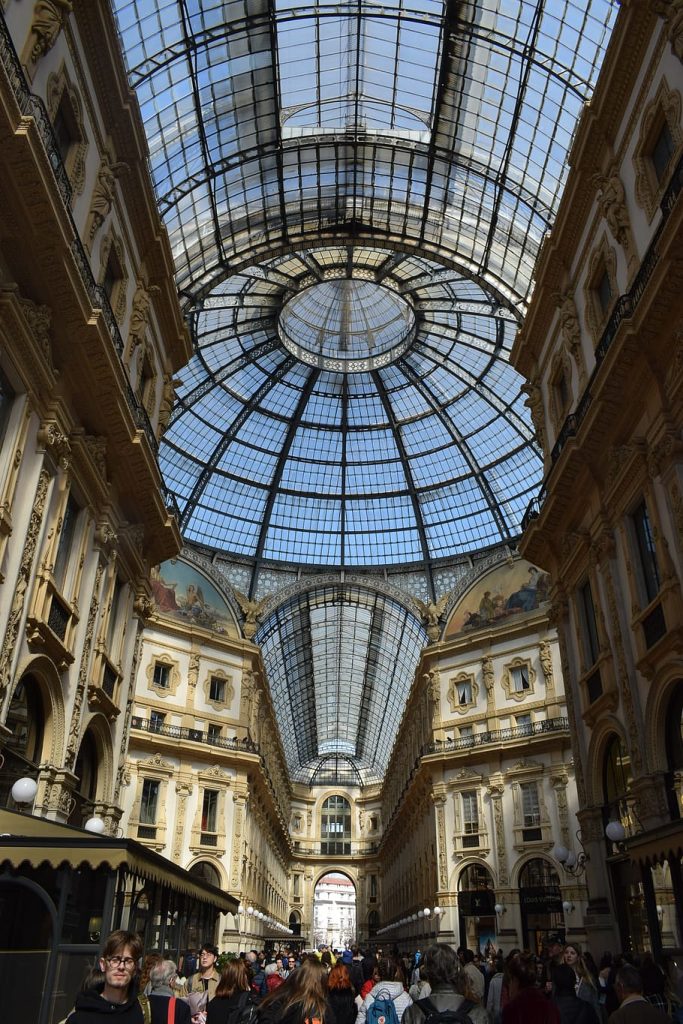
Iconic Landmarks and Attractions
The Duomo di Milano
The Duomo di Milano, or Milan Cathedral, is one of the most stunning Gothic cathedrals in the world. It took nearly six centuries to complete and features intricate spires, statues, and stained-glass windows.
- Rooftop Terrace: Climb to the rooftop for panoramic views of Milan and a close-up look at the cathedral’s elaborate architecture.
- Cathedral Museum: Explore the museum to learn about the history and construction of this iconic building.
Galleria Vittorio Emanuele II
Adjacent to the Duomo, the Galleria Vittorio Emanuele II is one of the oldest shopping malls in the world. This elegant arcade, with its glass dome and intricate mosaics, houses luxury boutiques, cafes, and restaurants.
- High-End Shopping: Browse the latest collections from top designers such as Prada, Gucci, and Louis Vuitton.
- Dining: Enjoy a meal at historic restaurants like Ristorante Savini, which has been serving patrons since 1867.
The Last Supper (Il Cenacolo)
One of the most famous artworks in the world, Leonardo da Vinci’s The Last Supper, is housed in the Convent of Santa Maria delle Grazie. This masterpiece of Renaissance art depicts the moment Jesus announces that one of his disciples will betray him.
- Timed Entry: Due to its popularity, it’s essential to book tickets well in advance for a specific time slot.
- Guided Tours: Enhance your visit with a guided tour that provides insights into the painting’s history and significance.
Sforza Castle (Castello Sforzesco)
Sforza Castle is a grand fortress that once served as the residence of Milan’s ruling families. Today, it houses several museums and art collections.
- Museums and Art Collections: Visit the Pinacoteca del Castello Sforzesco, the Museum of Ancient Art, and the Museum of Musical Instruments.
- The Rondanini Pietà: Michelangelo’s final, unfinished sculpture is displayed here.
Teatro alla Scala
La Scala is one of the world’s most prestigious opera houses, known for its exceptional acoustics and opulent interiors.
- Opera Performances: Attend a performance to experience world-class opera, ballet, or classical music.
- La Scala Museum: Explore the museum to see costumes, set designs, and musical instruments from famous productions.
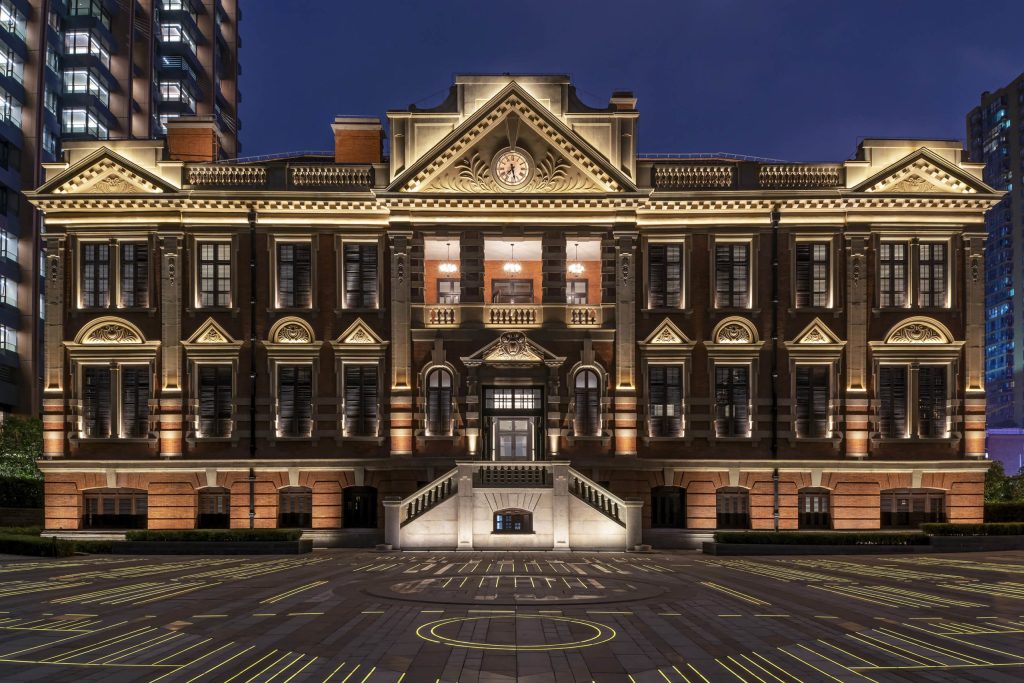
Luxurious Hotels in Milan
Bulgari Hotel Milano
Located in the heart of Milan’s fashion district, the Bulgari Hotel Milano offers a blend of contemporary design and classic Italian elegance.
- Luxurious Accommodations: Enjoy spacious rooms and suites with modern amenities and stylish decor.
- Exclusive Spa: Relax and rejuvenate at the hotel’s luxurious spa, offering a range of treatments and therapies.
Four Seasons Hotel Milano
Housed in a 15th-century convent, the Four Seasons Hotel Milano combines historical charm with modern luxury.
- Elegant Rooms: Stay in beautifully appointed rooms and suites featuring classic decor and high-end amenities.
- Gastronomic Delights: Dine at La Veranda, the hotel’s renowned restaurant serving exquisite Italian cuisine.
Armani Hotel Milano
Designed by Giorgio Armani, this hotel epitomizes sophisticated luxury and contemporary style.
- Chic Interiors: Experience the minimalist elegance of rooms and suites designed with Armani’s signature touch.
- Armani/SPA: Indulge in bespoke treatments at the exclusive spa, offering panoramic views of the city.
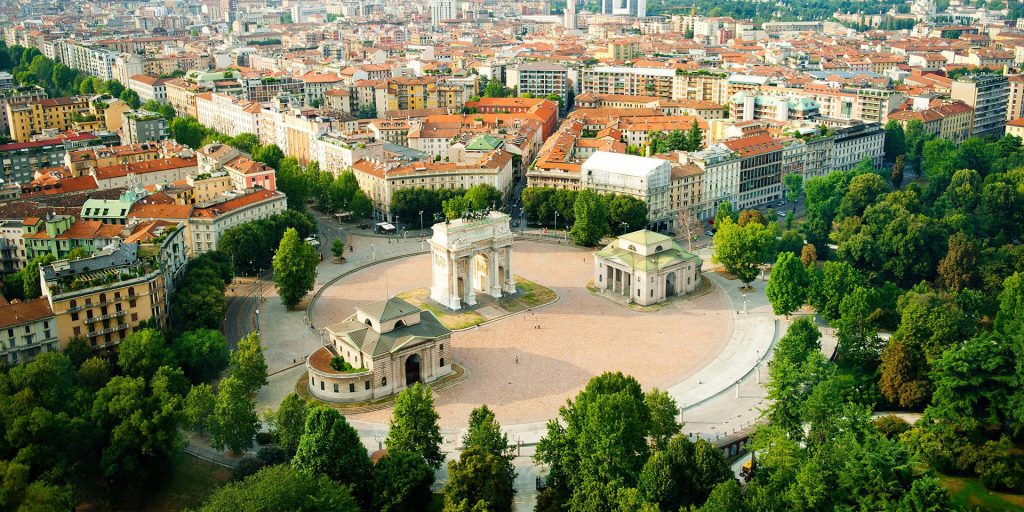
Dining and Culinary Experiences
Traditional Italian Cuisine
Milan boasts a vibrant culinary scene, offering everything from traditional Italian dishes to innovative gourmet experiences.
- Risotto alla Milanese: Savor this classic Milanese dish made with saffron-infused rice, often served with ossobuco (braised veal shanks).
- Cotoletta alla Milanese: Try this breaded and fried veal cutlet, a staple of Milanese cuisine.
Renowned Restaurants
Milan is home to several Michelin-starred restaurants and acclaimed eateries.
- Ristorante Cracco: Enjoy contemporary Italian cuisine at this two-Michelin-starred restaurant led by chef Carlo Cracco.
- Da Vittorio: Located just outside Milan, this three-Michelin-starred restaurant offers exquisite dishes crafted with the finest ingredients.
Cultural and Artistic Attractions
Pinacoteca di Brera
The Pinacoteca di Brera is one of Italy’s most important art galleries, housing an extensive collection of Renaissance and Baroque masterpieces.
- Masterpieces on Display: Admire works by renowned artists such as Caravaggio, Raphael, and Titian.
- Brera Botanical Garden: Stroll through the beautiful botanical garden located within the Brera complex.
Museo del Novecento
Located in the Palazzo dell’Arengario, the Museo del Novecento is dedicated to 20th-century art.
- Modern and Contemporary Art: Explore the museum’s impressive collection of works by artists such as Umberto Boccioni, Giorgio de Chirico, and Lucio Fontana.
- Stunning Views: Enjoy panoramic views of Piazza del Duomo and the cathedral from the museum’s upper floors.
Triennale di Milano
The Triennale di Milano is a cultural institution dedicated to design, architecture, and contemporary art.
- Design Museum: Discover the history and evolution of Italian design through the museum’s extensive exhibits.
- Temporary Exhibitions: Experience cutting-edge contemporary art and design through the Triennale’s rotating exhibitions.
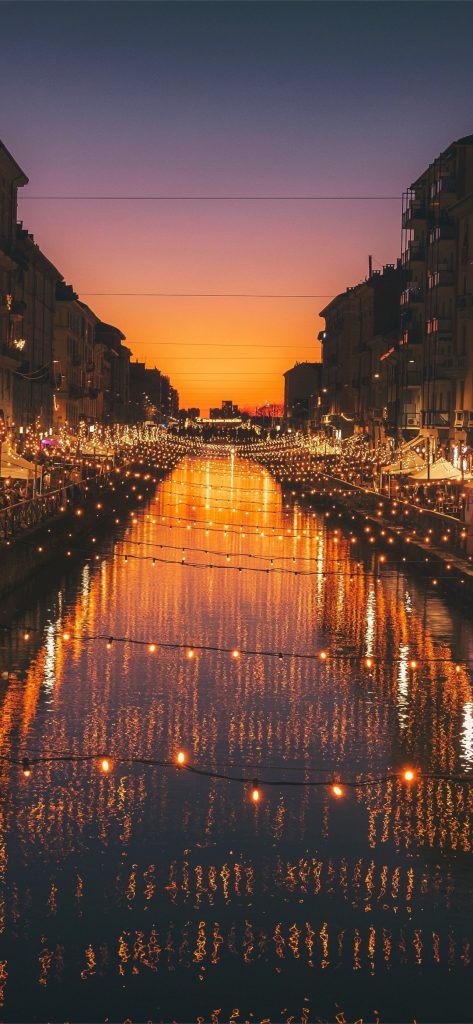
Unique Experiences in Milan
Navigli District
The Navigli District, with its picturesque canals, is one of Milan’s most vibrant areas. It’s known for its lively nightlife, eclectic shops, and artistic atmosphere.
- Aperitivo: Enjoy the Italian tradition of aperitivo, a pre-dinner drink accompanied by a variety of appetizers, at one of the many bars along the canals.
- Vintage Shops and Art Studios: Explore the unique boutiques and art studios that line the Navigli’s narrow streets.
Fashion and Shopping
As a global fashion capital, Milan offers unparalleled shopping experiences, from luxury boutiques to trendy concept stores.
- Quadrilatero della Moda: Wander through this upscale shopping district, home to high-end fashion houses such as Prada, Versace, and Dolce & Gabbana.
- 10 Corso Como: Visit this iconic concept store that combines fashion, art, design, and cuisine under one roof.
Day Trips from Milan
Milan’s strategic location makes it an ideal base for exploring nearby attractions and destinations.
- Lake Como: Take a day trip to Lake Como, known for its stunning landscapes, charming villages, and luxurious villas.
- Bergamo: Visit the historic city of Bergamo, with its well-preserved medieval old town and impressive Renaissance architecture.
Practical Information for Tourists
Getting There
Milan is served by two major airports: Malpensa Airport (MXP) and Linate Airport (LIN). The city is also well-connected by train, with high-speed rail services linking it to other major Italian cities.

Best Time to Visit
The best time to visit Milan is during the spring (April to June) and fall (September to October) when the weather is mild and pleasant. These seasons also coincide with major fashion and design events, making them ideal for experiencing the city’s vibrant cultural scene.
Accommodation
Milan offers a wide range of accommodation options, from luxury hotels to budget-friendly hostels. Popular areas to stay include the city center, the Brera district, and the Navigli district.
Language and Currency
The official language of Milan is Italian, but English is widely spoken in tourist areas. The currency is the Euro (€), and credit cards are commonly accepted. ATMs are readily available throughout the city.
Transportation
Milan has an efficient public transportation system, including metro, trams, and buses. The Milan Metro is a convenient way to navigate the city, with lines connecting major attractions and neighborhoods.
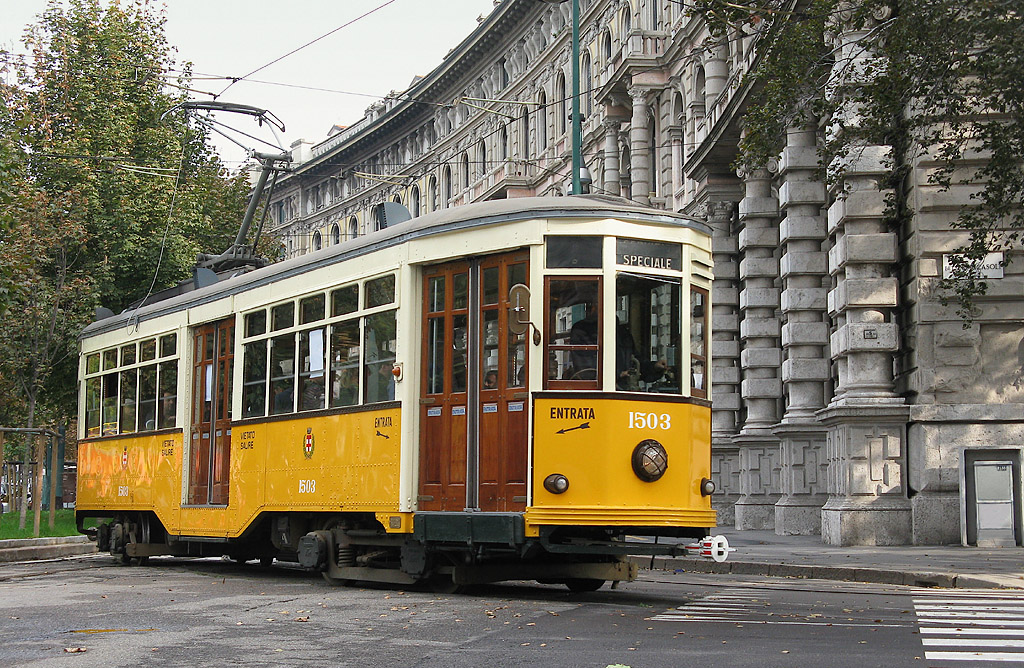
Conclusion
Milan is a city that effortlessly blends the old with the new, offering a rich tapestry of history, culture, fashion, and innovation. From its iconic landmarks and luxurious hotels to its vibrant neighborhoods and culinary delights, Milan promises an unforgettable journey. Plan your visit to Milan and discover why it is one of Italy’s most beloved and dynamic cities. Embrace the elegance, creativity, and vitality of Milan, and create memories that will last a lifetime.
-
Discover the Marvels of Milan: Your Ultimate Guide to Italy’s Fashion Capital
Discover the Marvels of Milan: Your Ultimate Guide to Italy’s Fashion Capital Welcome to Milan, a city where history, art, fashion, and innovation blend seamlessly. As […]

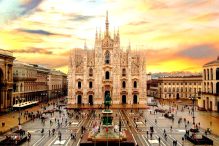
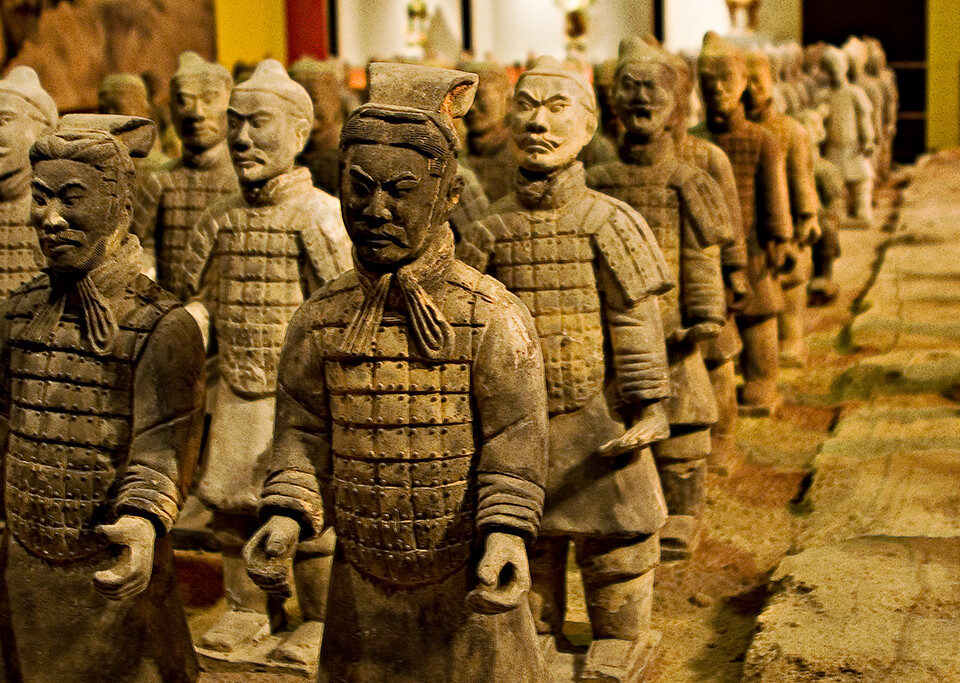
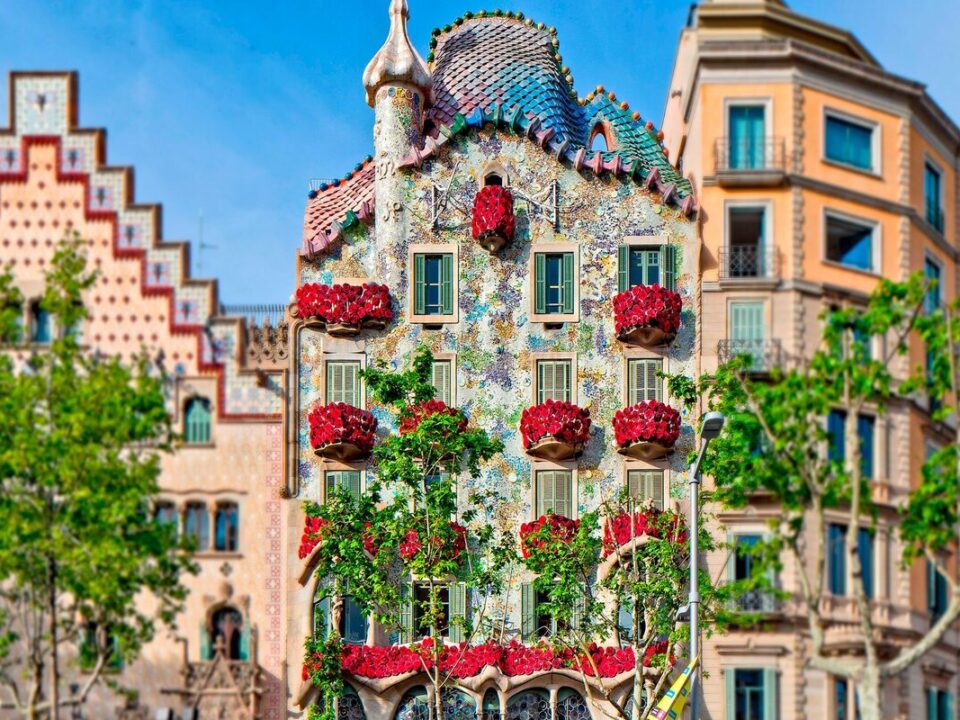

4 Comments
[…] Straße: These two shopping streets are among the busiest in Europe, lined with department stores, fashion boutiques, and specialty shops. Here, you’ll find everything from luxury brands to popular high-street […]
[…] prompted by the need to house the relics of the Three Kings, which had been brought to Cologne from Milan in 1164 by Archbishop Rainald of Dassel. These relics made Cologne an important pilgrimage site, […]
[…] hails from Northern Italy, particularly the Lombardy and Piedmont regions. Its origins can be traced back to the 14th century when rice was introduced […]
[…] shape and rich, buttery flavor, has captured the hearts of sweet lovers worldwide. Originating from Milan, panettone has become a symbol of Italian Christmas celebrations. In this comprehensive guide, we […]